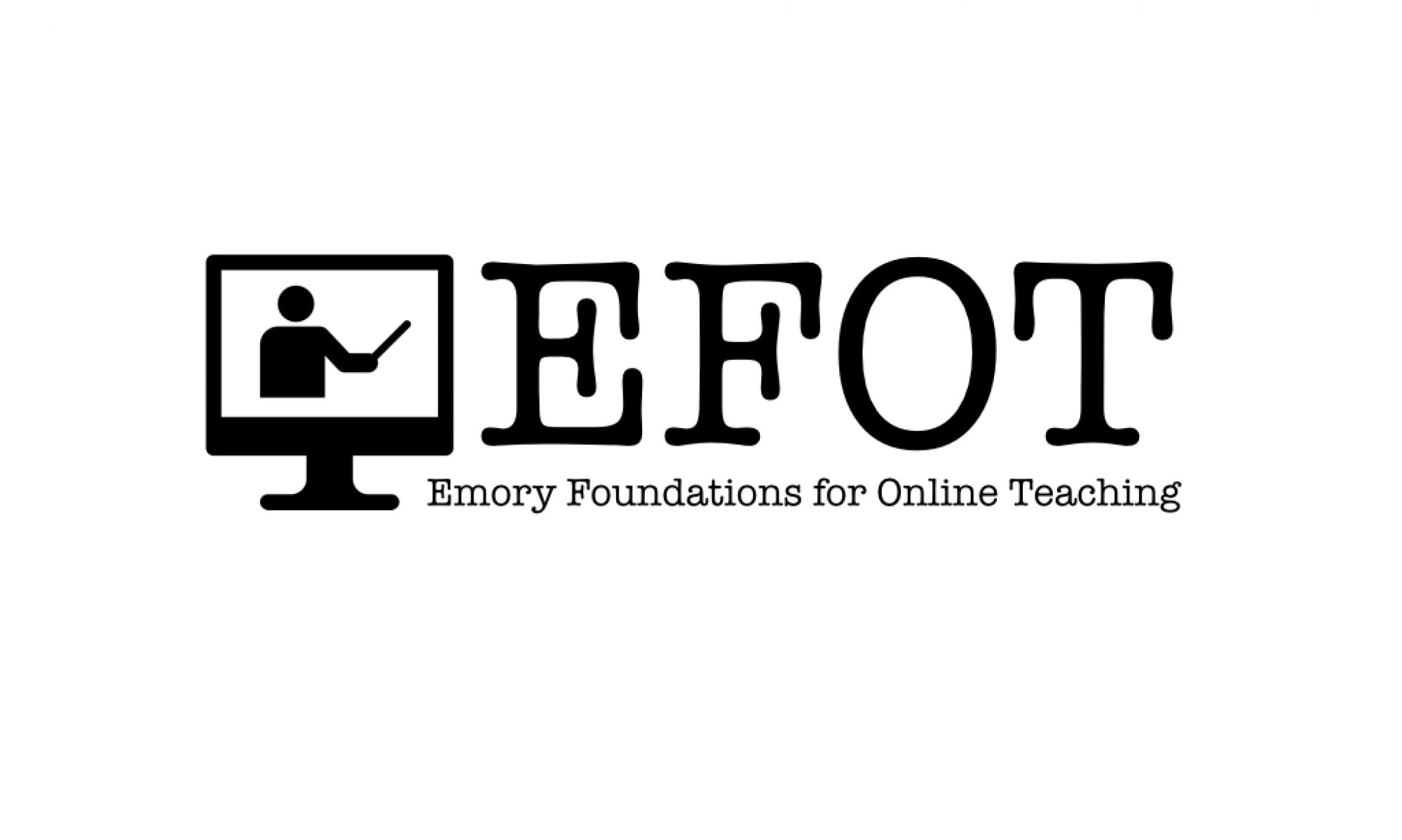I hope I am understanding this content. So, here’s my attempt using the EMPH Program Planning Capstone course I taught in the Fall.
In many ways, the completion of the Capstone represents cognitive presence – I think! Students needed to apply what they had learned in previous classes to the creation of a plan. Weekly discussions challenged students to select a health problem of interest, review the intervention literature on that problem, and apply their learnings to the design an intervention program using a process called Intervention Mapping. A case study was provided as a model, in addition to examples of key documents, such as a logic model. Class structure used a combination of weekly discussions/ assignments in which students helped each other with the task (such as creating a logic model or devising a budget), peer review, and instructor feedback.
For teaching presence, I tried to set up the course so that the structure and weekly discussions helped balance instructor feedback with student to student learning. The course requires a 25-page Capstone program plan to be completed by the end of the course. The weekly discussion questions were designed to build components of the plan and each module represented one of the Capstone’s four parts. If I am understanding this concept, I provided the exercise and structure and feedback at appropriate times to complete the final plan.
For social presence, this was a challenge for me with my online class as the EMPH students are a cohort going through the program together. As a result, they already know and support each other, and are a very cohesive group. Since we meet in person at the beginning (and end) of the semester, I created an introduction exercise in which they write down a unique tidbit about themselves on a card. (Examples include: I once shut down the French Embassy (shattered glass gift was mistakenly thought to be an explosive) or I met five first ladies (dad was in the secret service). I collect them and then read them out load and the students have to guess who belongs to what bidbit. I also put in my unique description. (I have won ribbons in the annual Xmas dog parade – see my intro!) It really worked well, as many of them didn’t know the tidbits about each other, and they also got to know me.
If I’m understanding this element correctly, it’s not just the comfort of interacting and speaking up, but the personal side as well. The dog theme continues throughout the semester, as many of the student were dog or animal lovers and shared the fur kid pictures.

I love that idea as an ice breaker/get to know me! in the beginning of the semester. I think I might steal that! We did go around the room and introduced ourselves and gave a little bit of a professional background as I wanted to see where they were starting with my particular subject. I did notice they were really comfortable with each other. This is my second year with the EMPH program but as you may know, 2017 didn’t have an opening weekend so I missed this piece and it wasn’t my course, I took over mid-semester. And I have found the synchronous learning does not work well with these students as they are so busy. I don’t think I have as interesting tidbits, but I have met several professional volleyball players over the years and was a ball girl for the US National team in the 80s!
Jennifer, I love your tidbit! I also use this exercise in my in-person trainings with groups of 30 or more. They break into 5-6 small groups and select one tidbit per small group to share with the entire group after each person in the small group has introduced themselves. (Someone in are group has [tidbit]… ) It has really worked well!
Just a note. I do have people that just can’t figure out what to say, so I give them permission to use items like: I like to knit, I have 8 grandchildren, etc.
Hi Cynthia,
I really like the unique tidbit activity – trying to capture something they may not know about each other, including the faculty. It would engage not only the cohort who know each other, but those outside the smaller group, as in my wholly online course. When you have a large enough class, using the small group functionality can assist in this as well.
For cognitive presence, iterative processes are key. In another, blended course, my MSN students are developing a case study based abstract and poster over the course of the semester. They are creating it piece by piece and building, with frequent submissions of the next step (ungraded) to me and quick turnaround feedback. They seem to really appreciate that, as this is a pretty foreign skill for them, yet one they need to engage in their new roles post graduation.
Thanks Ann-Marie. Is it possible to see what they have done? I am such a visual learner, I’d love to see it. Sounds very creative!
Hi Cynthia,
I don’t see a way to post their project calendar/schedule here, I will post in the Watercooler discussion board!